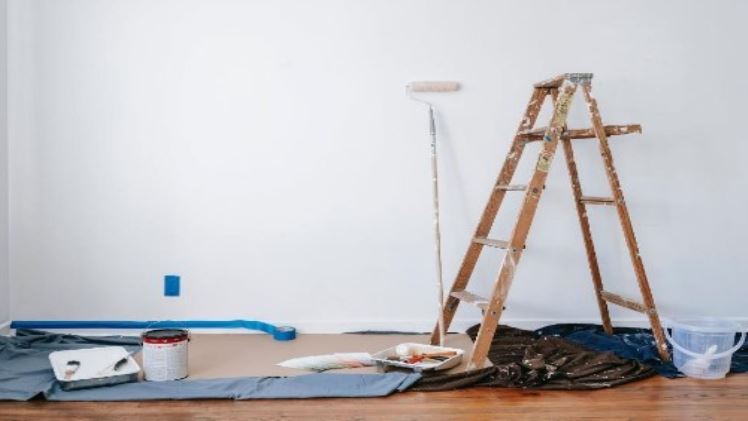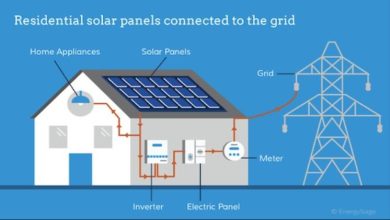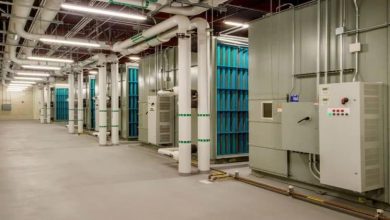Common Mistakes to Avoid When Restoring your Home

Restoring your home is an exciting journey, but it’s essential to navigate it wisely to avoid potential pitfalls. Understanding the common mistakes made during home restoration can save you time, money, and stress in the long run.
Let’s take a closer look at these seven crucial mistakes to sidestep on your restoration adventure.
Underestimating the Budget
Restoring a home often involves unforeseen expenses. Beyond materials and labor costs, there are contingencies like structural repairs or hidden issues that may emerge during the restoration process.
Allocate a buffer of at least 10-20% of your total budget for unexpected costs. It’s wise to gather quotes from multiple contractors to get a clearer picture of potential expenses and adjust your budget accordingly.
Skipping Comprehensive Planning
Rushing into a restoration project without a well-thought-out plan can lead to confusion and costly mistakes. Take the time to create a detailed plan that outlines the scope of work, timelines, and budget breakdown.
Engage with professionals such as architects, contractors, or designers to assist in drafting a comprehensive plan. Consider factors like your family’s lifestyle, future needs, and aesthetic preferences when planning for the restoration.
Neglecting Professional Guidance
While DIY can be rewarding, certain aspects of home restoration require specialized skills and expertise. Attempting complex tasks without the necessary knowledge or experience can result in costly errors. Hiring professionals ensures the work is done correctly and safely.
Whether it’s electrical wiring, plumbing, or structural repairs, seeking expert advice is crucial to avoid potential hazards and ensure high-quality workmanship.
Overlooking Permits and Regulations
Failure to obtain the required permits and adhere to local building codes can halt your restoration progress. Before starting any work, research and acquire the necessary permits for your project.
Consult with local authorities or professionals to understand building regulations and zoning laws applicable to your area. Complying with these regulations not only avoids legal issues but also ensures your project meets safety standards.
Sacrificing Quality for Cost-Cutting
While it’s tempting to opt for cheaper materials or labor to save money, compromising quality can lead to more significant expenses in the long term. Low-quality materials can deteriorate faster, requiring frequent repairs or replacements.
Invest in durable materials and skilled labor that guarantee longevity. Strike a balance between cost-effectiveness and quality to ensure your restoration stands the test of time.
Ignoring Structural Issues
Aesthetic improvements are appealing, but overlooking underlying structural issues can be detrimental. Conduct a thorough inspection of your home to identify any structural problems. Issues like foundation cracks, roof leaks, or termite damage should be addressed promptly to prevent further deterioration. Prioritize structural repairs to ensure the safety, stability, and longevity of your home.
Rushing the Process
Patience is a virtue in home restoration. Rushing the process to meet arbitrary deadlines can compromise the quality of work. Allow ample time for each phase of the restoration.
Adhere to your planned timelines, but be flexible enough to accommodate unforeseen circumstances. Quality restoration takes time, and attention to detail is key to achieving the desired results.


